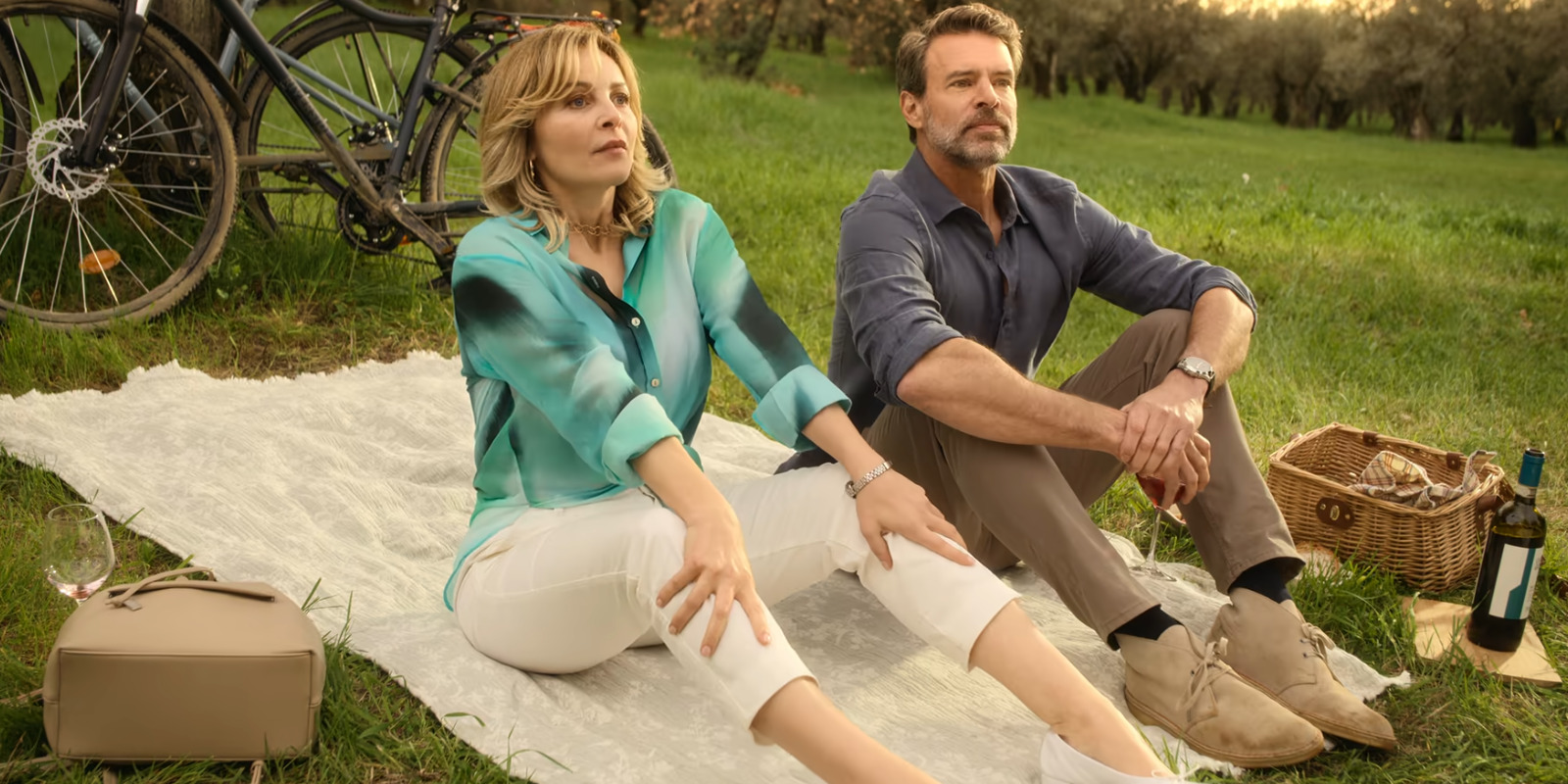In the Netflix family rom-com film ‘La Dolce Villa,’ new beginnings are found abound in the small Italian town of Montezara. As the town offers fixer-upper Villas for the measly cost of one euro, it naturally attracts the attention of young Olivia, who sees it as an amazing opportunity. However, her father, Eric Field, isn’t of the same opinion—and ends up taking a trip to Italy and convincing her of the same. Consequently, once it becomes evident that his ward wouldn’t be budging from this dubious life decision, he stays around to help her with the Villa renovations. Soon, this impromptu vacation leads the father-daughter duo down unexpected roads as they blend into the surrounding community and find a chance for romance. In the film, Montezara serves as the central location, which changes the Field family’s life for the better. However, does this enchanting place have any real-life relevance to it?
Montezara is Fictional But was Filmed in a Real Italian Town
‘La Dolce Villa’ charts a compelling and realistic story about romance, restorations, and repairing estranged familial relationships. Yet, even though its characters and their storylines remain authentically tied to reality, the story itself is a work of fiction. For the same reason, Montezara is also similarly a fictitious concept without a firm basis in real life. Even though there is a vineyard in Sardinia, Italy’s Monastir commune, it has no connection to the town on screen.
In order to ensure the fictional town possesses a realistic visual identity, ‘La Dolce Villa’ cast and crew actually employed a real Italian town as the primary filming location. Reportedly, Torrino del Gelsi, a farmhouse in Rome’s countryside, became the real-life counterpart for many of the outdoor scenes. Fans will be excited to know that this San Gregorio da Sassola farmhouse is actually open to customers as an event space and venue. Alternatively, many of the interiors of local places were shot in the iconic Cinecittá Studios in Rome, which has been home to many other on-screen places across Hollywood movies.
Still, Montezara isn’t entirely devoid of any off-screen reference. In the film, the small Italian town’s identity and narrative relevance are defined by its 1 Euro House initiative. It has various abandoned villas and homes with no direct available or willing inheritors. Therefore, the properties have come under the control of the local authorities, who have decided to sell them for the symbolic price of €1.
In doing so, they hope to replenish the local population and economy with migrant residents. This practice is actually a real-life project that many Italian towns have adopted over the years. The 1 Euro Houses project offers the opportunity for people to become homeowners for the steep price of one euro. Usually, these houses tend to require some fixing up, adding on renovation charges before they are properly inhabitable. Nonetheless, it remains an attractive chance to own a home without taking on an impossible financial burden. Thus, the inclusion of this project into the foundation of Montezara plays a notable role in informing its roots in reality. Similarly, the town’s ambiance and close-knit community remain significant contributors to its sense of realism.
Read More: Strange Way of Life: Is Bitter Creek an Actual Town?


